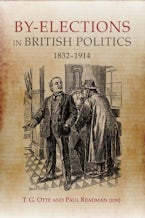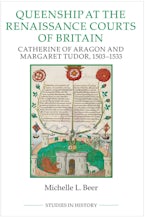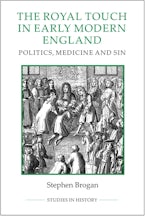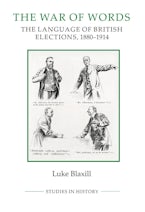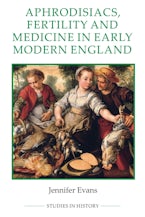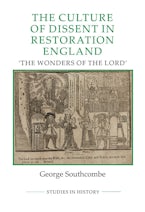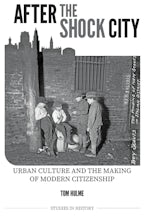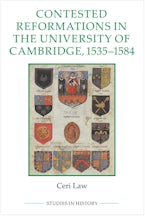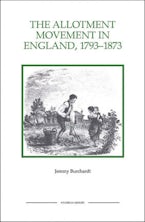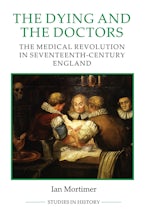
Title Details
312 Pages
23.4 x 15.6 cm
6 b/w illus.
Series: Royal Historical Society Studies in History New Series
Series Vol. Number:
27
Imprint: Boydell Press
Electoral Reform at Work
Local Politics and National Parties, 1832-1841
- Description
- Reviews
The Reform Act of 1832 is shown to have politicised the electorate at all levels, laying the constitutional foundations for the representative democracy of the Victorians.
This book charts the political transformation of Britain that resulted from the "Great" Reform Act of 1832. It argues that this extensively debated parliamentary reform, aided by the workings of the New Poor Law (1834) and Municipal Corporations Act (1835), moved the nation far closer to a "modern" type of representative system than has previously been supposed. Drawing on hitherto neglected local archives and the records of election solicitors, Dr Salmondemonstrates how the Reform Act's practical details, far from being mere "small print", had a profound impact on borough and county politics. Combining computer-assisted electoral analysis with traditional methods, he traces the emergence of new types of voter partisanship and party organisation after 1832, and exposes key differences between the parties which resulted in a remarkable national recovery by the Conservative party. In passing he provides important new perspectives on issues such as MPs' relations with their constituents, the expense and culture of popular politics after 1832, the electoral impact of railway development, and the role of "deference voting" in the counties.
Dr PHILIP SALMON is Editor of the 1832-1945 House of Commons project at the History of Parliament
This book charts the political transformation of Britain that resulted from the "Great" Reform Act of 1832. It argues that this extensively debated parliamentary reform, aided by the workings of the New Poor Law (1834) and Municipal Corporations Act (1835), moved the nation far closer to a "modern" type of representative system than has previously been supposed. Drawing on hitherto neglected local archives and the records of election solicitors, Dr Salmondemonstrates how the Reform Act's practical details, far from being mere "small print", had a profound impact on borough and county politics. Combining computer-assisted electoral analysis with traditional methods, he traces the emergence of new types of voter partisanship and party organisation after 1832, and exposes key differences between the parties which resulted in a remarkable national recovery by the Conservative party. In passing he provides important new perspectives on issues such as MPs' relations with their constituents, the expense and culture of popular politics after 1832, the electoral impact of railway development, and the role of "deference voting" in the counties.
Dr PHILIP SALMON is Editor of the 1832-1945 House of Commons project at the History of Parliament
"Outstanding." HISTORY
"Most welcome study... The great merit of the book lies in its detailed reconstruction of the operation of the Reform Act.... A major work which will be indispensable to historians for many years to come." ENGLISH HISTORICAL REVIEW
"A truly outstanding contribution to the field of parliamentary and electoral history." REVIEWS IN HISTORY
"A thoughtful and well-crafted book that makes abundantly clear that the 'fine print' of the Reform Act... had an immediate and significant impact on British electoral politics.... A very fine book." H-NET ALBION
"No brief review can do justice to this splendid and invaluable book." ALBION
"One of the most important books on nineteenth-century England in recent years." PARLIAMENTARY HISTORY
"Will have a considerable impact on future studies of British politics in the 1832-1867 period." PARLIAMENTS, ESTATES AND REPRESENTATION
Paperback
9781843836421
September 2011
$36.95 / £24.99
Ebook (EPDF)
9781846150692
March 2002
$24.95 / £19.99
Title Details
312 Pages
2.34 x 1.56 cm
6 b/w illus.
Series: Royal Historical Society Studies in History New Series
Series Vol. Number:
27
Imprint: Boydell Press












